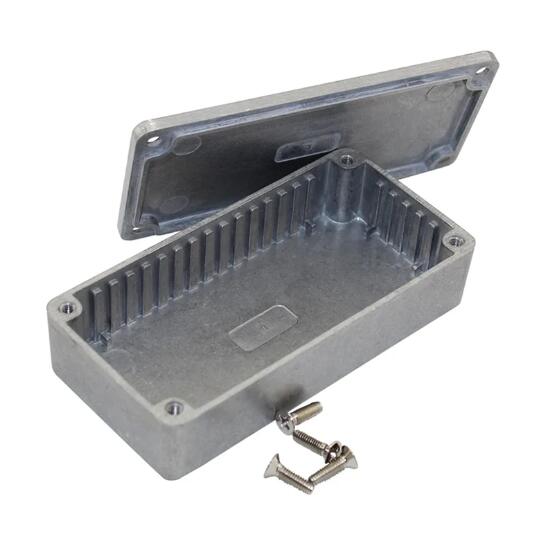Enhancing Efficiency: The Impact of CNC Machining on Electrical Accessories Production
2024-04-28
In the realm of manufacturing electrical accessories, efficiency is key to meeting the demands of modern systems and maintaining a competitive edge in the industry. Traditional manufacturing methods have long been utilized, but CNC (Computer Numerical Control) machining has emerged as a game-changer, revolutionizing the production process. Let's explore how CNC machining improves the efficiency of producing electrical accessories compared to traditional methods.
1. Precision and Accuracy
Traditional Methods: Manual machining processes such as milling, turning, and drilling rely on the skill and experience of operators, leading to variations in dimensions and tolerances.
CNC Machining: CNC machines follow precise digital instructions generated by CAD/CAM software, ensuring consistent accuracy and tight tolerances for every part produced. This eliminates human error and reduces the need for manual intervention, resulting in higher quality components.
2. Automation and Unmanned Operation
Traditional Methods: Manual machining operations require constant supervision by skilled operators, limiting production to regular working hours.
CNC Machining: CNC machines can operate continuously and autonomously, running unmanned for extended periods. This allows for 24/7 production with minimal human intervention, maximizing machine utilization and throughput.
3. Flexibility and Customization
Traditional Methods: Traditional machining setups are often specialized for specific parts, requiring time-consuming retooling and setup changes for each new component.
CNC Machining: CNC machines offer unparalleled flexibility, allowing for rapid setup changes and easy adaptation to new designs. CAD/CAM software enables quick programming of complex geometries, facilitating customization and rapid prototyping without the need for expensive tooling changes.
4. Reduced Lead Times
Traditional Methods: Manual machining processes typically have longer lead times due to setup, tool changes, and manual operation.
CNC Machining: CNC machines excel in rapid production, with shorter lead times from design to finished part. The streamlined workflow and automated processes minimize idle time, enabling faster response to customer demands and market trends.
5. Material Optimization and Waste Reduction
Traditional Methods: Traditional machining often results in significant material waste due to manual errors, inefficient tool usage, and setup scrap.
CNC Machining: CNC machines optimize material usage by precisely removing only the necessary material, minimizing waste and reducing raw material costs. Additionally, advanced nesting algorithms can maximize the number of parts produced from a single sheet or block of material, further enhancing efficiency.
6. Consistency and Quality Control
Traditional Methods: Variations in operator skill and technique can lead to inconsistencies in part quality and performance.
CNC Machining: CNC machines ensure consistent quality through automated processes and in-process inspections. Real-time monitoring and feedback systems detect deviations from specifications, allowing for immediate corrective actions and maintaining high-quality standards.
Conclusion
CNC machining has revolutionized the production of electrical accessories by significantly improving efficiency compared to traditional methods. From precision and accuracy to automation and waste reduction, CNC machining offers numerous advantages that streamline the manufacturing process and enhance overall productivity. As technology continues to advance, CNC machining will play an increasingly pivotal role in meeting the evolving demands of the electrical industry, driving innovation and efficiency across the supply chain.



